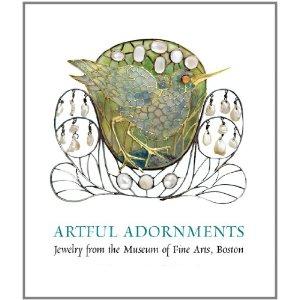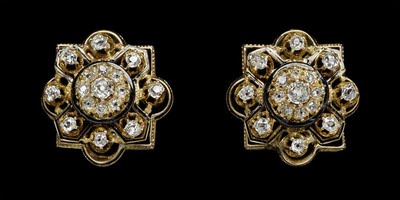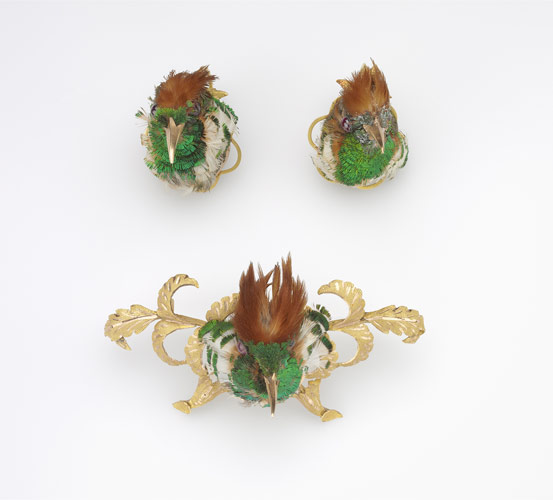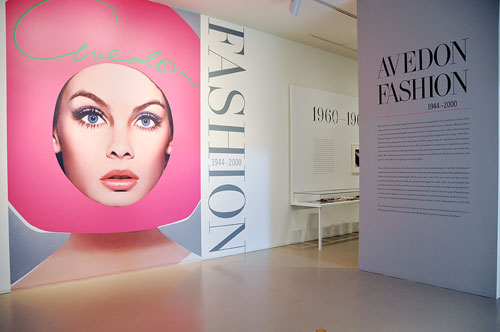Posts tagged MFA
MFA’s Jewels, Gems, and Treasures: Ancient to Modern
Aug 27th
Once upon a time, feathers, claws, coral, and rock crystals drew as much attention as that huge rock on your neighbor’s
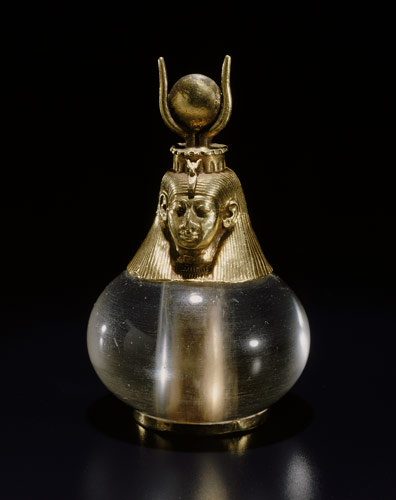
finger. These crazy pieces were used as a sort of silent communication system, stating your status to all who passed by. B.C.-era bling also served to be personally symbolic, seen as protective charms that could keep the wearer from harm. Since then, jewelry has evolved into fashionable accents viewed less as status symbols (engagement rings aside) or Harry-Potter-esque amulets and more as little “pops” we add to our daily wardrobe to pull ourselves together.
But jewelry as… art? If your love of all things sparkly goes beyond the typical gal’s “these earrings go with this outfit” mindset, then you will be blown away by the Boston Museum of Fine Arts most recent exhibition. Jewels, Gems, and Treasures: Ancient to Modern opened on July 19th, showcasing about 75 pieces dating from 2400 BC to 2003. This exhibition ushers in the inauguration of the MFA’s new “Rita J. and Stanley H. Kaplan Family Foundation Gallery,” which promises to be a home for thematic rotating jewelry shows.
Among the standout pieces of historical value are a diamond earring/enamel brooch set from the 1860’s (right), worn by Mary Todd Lincoln as she mourned her presidential husband; a diamond earring/necklace Tiffany set (now considered to be
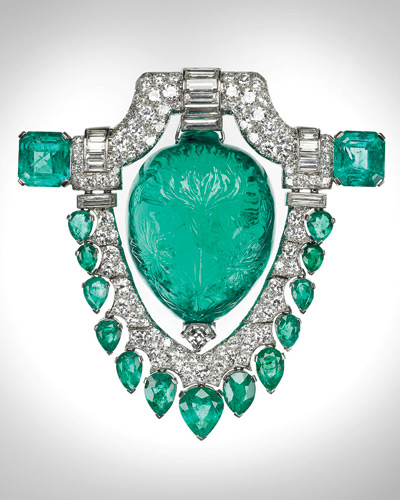
one of the oldest surviving American-made necklaces) given by gun tycoon Samuel Colt in 1856 to his bride; enameled cuff bracelets which once belonged to Coco Chanel; cereal heiress Marjorie Merriweather Post’s platinum-diamond- emerald brooch; six deity-topped pendants previously owned by Nubian queens (above, right); and a brooch-and-earrings set adorned with taxidermy hummingbirds (below), which were all the rage in 1860’s England. This already-impressive list excludes the scores of art deco pieces on display by contemporary artisans. You’ll have to see them all for yourself!
The MFA’s new gallery marks the first exhibition dedicated entirely to jewelry at a major U.S. art museum. “This seems to be as significant as when art museums began having departments and curators for textiles,” says Marjorie Schwarzer, author of Riches, Rivals, and Radicals: 100 Years of Museums in America. “It’s taking these art forms that were considered ‘craft’ and then were considered ‘women’s arts’ and elevating them to fine art.” As Ruth Peltason, author of Living Jewels: Masterpieces from Nature: Coral, Pearls, Horn, Shell, Wood & Other Exotica points out, “if we can get intelligent people talking to us about jewelry, then we won’t just see it as ‘would I wear that ring?’ or ‘gee, I’d like to own that necklace.’ Instead, we can look at it as something of its time and ask ‘Who are those great makers? Who are those great artists?’”
From a fashioniSTA’s standpoint, it’s all about staying ahead of the trends. After all, history repeats itself on the runway! By visiting an exhibit like this, you can ogle the jewelry from hundreds of years ago and compare it to what we are wearing today, seeing how these pieces continue to inspire our current styles. Prepare yourself to be dazzled as well as inspired. If you’re in the Boston area, be sure to check out this breathtaking exhibition, on display through November 25th.
~Kim, Store Manager - Harvard Square/FashioniSTA
SPOTLIGHT ON: RICHARD AVEDON
Aug 27th
~ Boston Museum of Fine Arts, “Avedon Fashion: 1944-2000″ ~
For almost sixty years, Richard Avedon (1923-2004) brought fashion to life via his artful camera. His photos mayhave started out as advertisement for Dior, Chanel, or Versace, but they ended up as events. The Boston Museum of Fine Arts is currently hosting the traveling exhibit “Avedon Fashion: 1944-2000″, which is the first comprehensive survey of Avedon’s fashion photography since 1978. Avedon has been heralded in the fashion industry as a pioneer, one who revolutionized the work of fashion photographers. Using a photojournalist’s approach, Avedon replaced formal, mannequin-like studio poses with dynamic images of models who are full of expression, often on location, and always in motion.
Images are grouped by decades and presented to show his
progression as a photographer and artist. Avedon’s volume of work was huge — the exhibition highlig
hts about 140 objects. Original prints, negatives, and notebooks are displayed alongside Bazaar issues from the 1940’s. Separated into three galleries chronicling the periods 1944-1949, 1950-1959, and 1960-2000, we follow along as Avedon’s technique (not to mention the direction of fashion itself) evolves.
Richard Avedon was only 21 when he sold his first photo for $7.50 and was soon working for Harper’s Bazaar. They sent him to Paris, where he made his reputation, reconstructing the pre-war glamour of the city. By the late ’50s Avedon was arguably the most famous photographer in the world. The 1960s brought a youthquake of mod culture and Avedon certainly captured the tenor of the times. He was the first prominent photographer to use multi-racial models, turning Donyale Luna into the first major African-American high-fashion model in U.S. fashion magazines.
The 1970s saw Avedon continuing to reflect the energy and liberated styles of the times, photographing models in mini dresses and menswear-inspired clothing. By the 1980s, until his departure from the magazine in 1988, Avedon shot nearly every cover for Vogue; after 1990, Avedon worked exclusively on ad campaigns and catalogues for Gianni Versace. In 1992, he became the first staff photographer for The New Yorker, where he contributed several fashion essays. Avedon continued to dominate the photographic world until his death in 2004.
“Avedon Fashion: 1944-2000″ will continue to be on display through January 17th, 2011 — trust us fashioniSTAs when we say it is a highly recommended addition to your itinerary. Check out this display while you can!
~ Kim, Manager Harvard Square, Second Time Around

